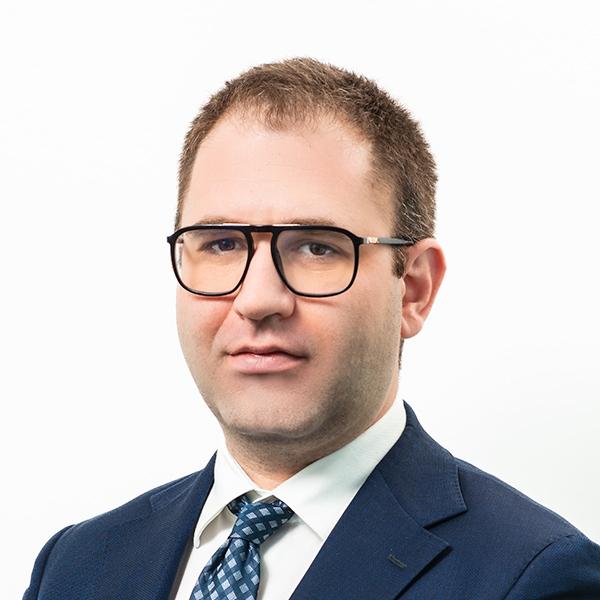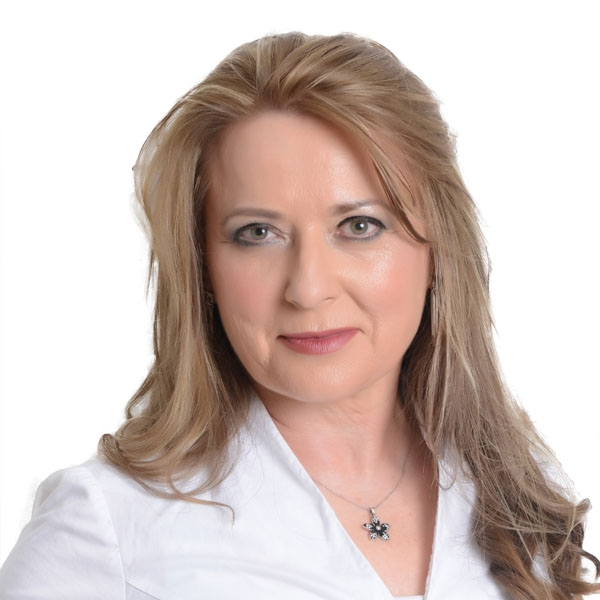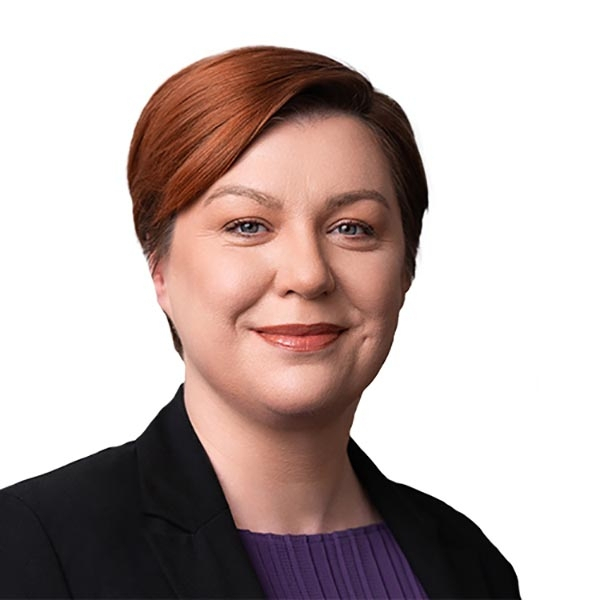Ivan Gergov, partner at CMS Bulgaria, says, “The CEE region’s strategic location at the crossroads of Europe, its skilled workforce, investment-friendly policies, and vibrant entrepreneurial ecosystem make it an attractive destination for Middle Eastern investors.”
CEE countries also offer a relatively easy access point into the EU’s diverse markets for assorted industries, as well as providing a well-established community of business people and advisors who are able to help investors navigate their way through transactions. CMS partner Eva Talmacsi points out, “There is a sophisticated business ecosystem in place across the whole of CEE and investors feel relatively comfortable doing business in the region.”
According to O’Connor, different sovereign wealth funds have different objectives, which drive a variety of investment strategies, and unlike traditional PE investors, there is less pressure to exit investments within a traditional 5-7 year cycle.
He explains, “Some SWFs invest domestically, while some specifically seek outbound investments to diversify the State’s portfolio away from domestic markets. Often investments will be passive/indirect investments via funds or co-investment vehicles, while others may take a more direct investment strategy. Typical assets include infrastructure, energy, utilities (including telecoms), real estate and hospitality. Investment into specific assets tend to have a minimum ticket, which often makes investments into the CEE market more challenging.”
As SWFs and other Middle Eastern state-owned entities often require a relatively high minimum amount per investment , finding target companies of the right magnitude in CEE means that they tend to focus on areas such as infrastructure and logistics projects. Telecoms-related investments from the Middle East to CEE have been a notable trend. The largest such deal in 2023 was Etisalat , which recently paid EUR 2.2bn for a controlling stake in Czech PPF Group’s telecom assets in Bulgaria, Hungary, Serbia and Slovakia.
In addition to SWFs, Middle Eastern investors in CEE are comprised of local (often family-owned) conglomerates and state-owned enterprises. Dynamic growth and dramatic structural change means that the investment landscape can change fast; e.g., International Holding Company (formerly International Fish Farming Holding). In 2020, IHC was best-known for seafood, as well as food and real estate development, but it employed only 40 people. Four years later, the Abu Dhabi-listed group has a market capitalisation of USD 245bn, the second largest listed company in the Middle East after Saudi Aramco, with a very diverse range of operations involving more than 500 subsidiaries and over 107,000 employees.












Social Media cookies collect information about you sharing information from our website via social media tools, or analytics to understand your browsing between social media tools or our Social Media campaigns and our own websites. We do this to optimise the mix of channels to provide you with our content. Details concerning the tools in use are in our privacy policy.